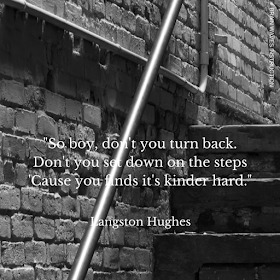Who doesn’t love to get a little jiggy with it – especially during the dreary days of March?
This is Music in Our Schools month, when music educators, students and school communities take time to promote the benefits of music education programs. According to the National Association for Music Education, Music in Our Schools Month began in 1973 in New York as just a one-day event. By 1985, it had grown into a full-on, nationwide celebration.
Though geared toward music teachers, there’s no reason we middle school educators can’t get in on the action. Music can be a powerful instructional ally. Here are just a few reasons why I love infusing music into the middle school classroom – and not just in March.
Music in the classroom can set intentions for the lesson. Whether your students need calming or perking up, playing just the right tune at just the right time can make all the difference. I’ve used orchestral music to great effect when I want my students to engage in some quiet writing time. I’ve also used peppier tunes when I sense my students are lethargic (post-lunch class, anyone?).
Music sets the mood...especially in the classroom. I've found that playing music can help to make a cozy classroom environment. Regularly playing music in the classroom makes it a warm and inviting place where students want to be...and that's the first step to learning.
I like to play music during study halls, too. It's a natural calming element for even the most squirrely middle schoolers. If you’re lucky enough to have a computer hooked up to speakers in your classroom, there are any number of online music streaming options, including Pandora, iTunes and Songza (now Google Music). Or you can use a good, old-fashioned boom box and CDs.
And of course, music works as a great memorization technique (who says their ABCs when they can sing them?). I’ve set the various forms of the verb “to be” to silly tunes; and I’ve seen it work for math rules, science terms and even the Greek alphabet. Music helps to cement the information in our students’ brains. Chances are, you’ve experienced this yourself: If you were to hear a few words of a song from 20 years ago, you could probably belt out the next line without even thinking about it!
My students love when I incorporate music into their assignments. Each time that I infuse music into students' school work the amount of student engagement increases substantially. Some of my students' favorite musical tasks include bringing in song lyrics for a poetry study, re-writing a song to summarize a short story, and turning a book review into a playlist. There's no doubt about it, music is an incredible motivator!
Music is a powerful – and pleasant – learning tool. It can have a soothing or energizing effect on you, too. Try it in your classroom and see what an impact it has. And have a happy Music in Our Schools Month!
Thanks for stopping by!
Mary Beth






























